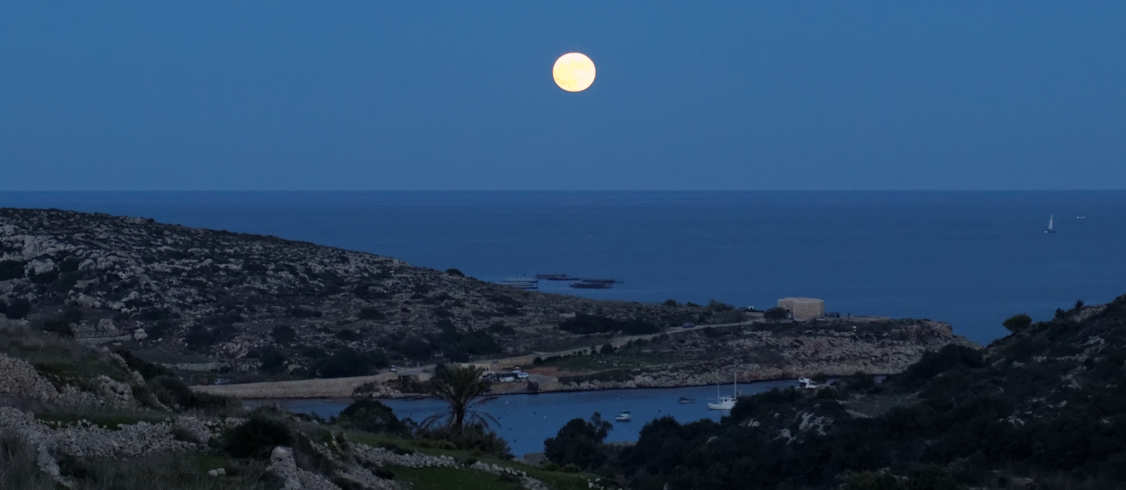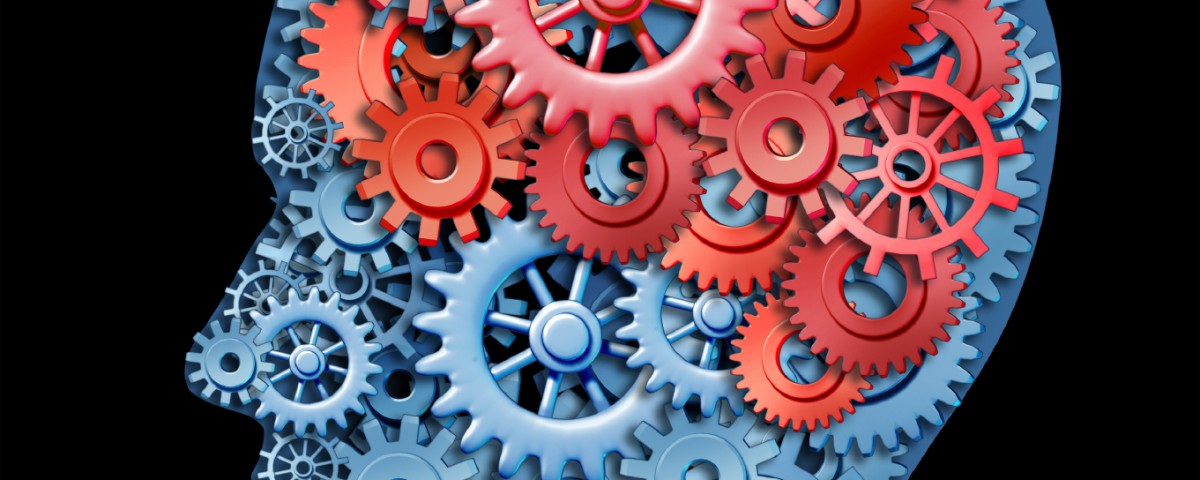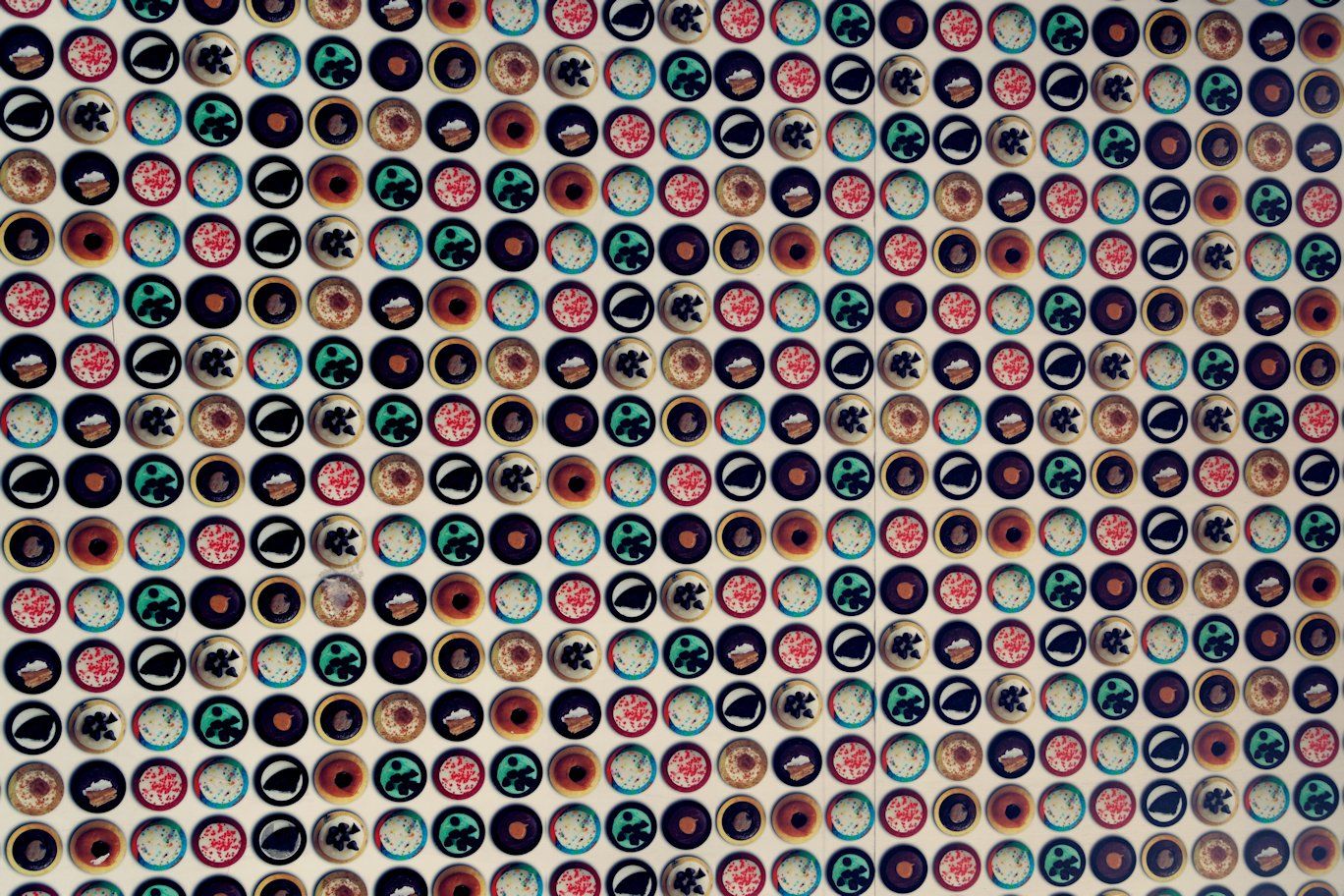
Psychiatry in Malta – A look at Service Demand
September 23, 2014
Challenges facing Maltese Psychiatry
September 27, 2014Mechanism of Action of rTMS
Before I go on to describe the uses and efficacy of rTMS, I will briefly discuss the underlying mechanism of action. Non Invasive Brain Stimulation (NIBS) techniques exert their effects through different neural mechanisms. For its part, Transcranial Magnetic Stimulation induces a current able to elicit action potentials in neurons. A single session of rTMS results in changes that are reversible, lasting from just a few minutes to up to more than an hour and largely depend on N-methyl D-aspartate (NMDA) receptors (Ridding, 2010). Whilst the actual antidepressant mechanism of rTMS is still unclear, it is believed that it might involve a normalisation of the limbic-cortical circuit. It has been shown that apart from stimulating neurons in brain regions directly under the stimulation site, rTMS also influences neuronal activity in distant and frequently deeper regions of the brain (Kimbrell, 2002).
Functional imaging studies using positron emission tomography (PET) and single photon emission computed tomography (SPECT) have examined resting cerebral blood flow and glucose metabolism in patients with depression. These studies have shown that there is hypoperfusion of blood and hypometabolism of glucose in depressed patients, in two main areas; the anterior cingulum and the left dorsolateral prefrontal cortex (DLPFC). It is hypothesised that rTMS increases activities at the left DLPFC and anterior cingulum, in return normalising the syregulation of the limbic-cortical system, known to underlie depression. This hypothesis is, in part, supported by an early rTMS study, which showed that a 2 week protocol of high-frequency rTMS in the region of the left DLPFC affects both prefrontal and paralimbic activities in patients suffering from bipolar as well as unipolar depression (Teneback, 1999). However, other studies have not shown entirely consistent results. Some studies of combined TMS/SPECT or TMS/PET commissioned to investigate the antidepressant mechanism of high-frequency rTMS through the left DLPFC found that high-frequency rTMS over a 2 week period, significantly changes blood perfusion or glucose metabolism in a number of remote paralimbic structures, such as the basal ganglia, amygdala, uncus, hippocampus and parahippocampus. However, other studies could not replicate these findings. The reasons for such discrepancies in the study findings are not well understood. Clinical heterogeneity of the studies, together with disregard for the differences between responders and non-responders to rTMS, could be two of the underlying factors behind the lack of reproducibility.
Uses of rTMS
Attempts to treat psychiatric disorders with electromagnetism are far from new. In the first century AD, Roman physicians applied torpedo fish (electric rays) for a wide variety of conditions, including depression (Kellaway, 1946). Improved understanding of electricity in the mid-eighteenth century led rapidly to expanded medical applications. By 1840 a ‘magneto-electric device’, attributed to DuBois Raymond, was being used on patients with psychiatric disorders in Europe and North America. At the end of the nineteenth century, many physicians routinely employed electrotherapy machines and magnetism, usually from horseshoe magnets. In 1902 Pollacsek and Beer, in Vienna, patented an electromagnetic coil that was placed at the vertex of the skull for the treatment of ‘depression and neuroses’. Such techniques eventually fell into obscurity as their lack of efficacy became clear. But, within several years of its discovery, non-focal rTMS from circular coils was being delivered to patients with psychiatric disorders. These early efforts appear to have had their origin in hopeful expectation rather than in a detailed scientific model of brain function. A few years later, however, the treatment of psychiatric disorders with TMS had been transformed by neuroimaging studies and by improved understanding of TMS effects.
Today, rTMS is an approved treatment for depression in Europe and the USA. More specifically, rTMS is used to manage treatment resistant depression. Simply put, this involves treatment of Major Depressive Disorder in adult patients who have failed to achieve satisfactory improvement from two prior antidepressant medications, at or above the minimal effective dose and duration in the current episode. A vast amount of research using rTMS, for indications other than depression, is ongoing. Areas of research include anxiety, bulimia, migraine, pain, rehabilitation of aphasia and motor disability after stroke, tinnitus, Parkinson's disease, and schizophrenia. Within most of these research areas, clinical trials are currently taking place.re
Efficacy of rTMS
A meta-analysis, performed in 2001 on 12 studies comparing Hamilton Depression Rating score (HDRS) reduction with rTMS and sham stimulation, found rTMS to be statistically superior in the treatment of depression (Holtzheimer, 2001). This was confirmed in a recent meta-analysis of 34 studies (Slotema, 2010), which concluded that rTMS had a significant effect size difference of 0.55 when compared to sham stimulation in the treatment of depression. My own meta analysis (Micallef Trigona, 2014) confirmed the efficacy of rTMS in the treatment of depression, showing that participants who underwent rTMS had a statistically significant mean reduction of 9.3 points on the HDRS.
Another important consideration with regards to the efficacy of a treatment is its long term ability to provide relief from symptoms. A recent presentation (Carpenter, et al., 2012) at the American Psychiatric Association's 2013 Annual Meeting, involving a multi-centre, longitudinal, naturalistic, observational study confirmed that acute rTMS induced "statistically and clinically meaningful response and remission" in patients with major depressive disorder during the acute phase, but more importantly, that the results were maintained at 52 weeks.


2 Comments
Great post Beppe! Very educational and specific for how TMS can treat depression effectively when other forms of medications have not been successful. I look forward to reading more of your posts!
Thanks Natalie 🙂